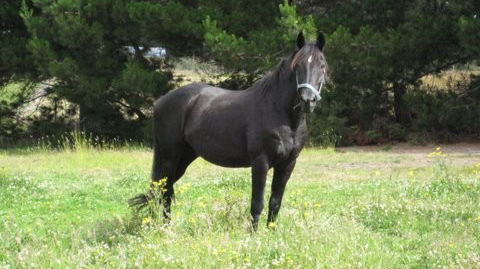Cordillo Downs
Cordillo Downs
Cordillo Downs or Cordillo Downs Station is both a pastoral lease currently operating as a cattle station and since 2013 a formal bounded locality in South Australia. It is located about 116 kilometres north of Innamincka and 155 kilometres south-east of Birdsville.
The station once occupied an area of 7,800 square kilometres and was regarded as Australia’s largest sheep station, with a record set in the 1880s of shearing over 85,000 sheep in a season. One of the best known features of the station is the heritage-listed woolshed that is constructed of stone with a curved tin roof, built this way due to a lack of timber in the area. At the turn of the century Cordillo Downs was big enough to have its own Post Office, opened in 1893, saddler, blacksmith, police station, only manned at shearing time and polling boxes during elections. Along with supplies, these boxes were carried by camels from Farina, up the Strzelecki Track, returning with wool. This 1,200km round trip often took two months to complete. Although trucks were used by this time, camels continued to bring in supplies until the 1940s.
One unlucky Afghan cameleer, Mulloch Mahomet, accidentally shot himself in his thigh and died at Toorawatchie on the Cordillo track in 1892. A year later, on 25 October 1893 William Hoskin, aged thirty-five, died of thirst on the same track. He was not the last one. In 1900, Ah Hang, a part Aboriginal-Chinese boundary rider died of thirst at Cordillo. His bones were not found until 1906.
The surrounding country is harsh, described as stony table lands ending in abrupt cliffs, red sandhills covered with spinifex, or else bare and barren, here and there a salt lake shining and dazzling like a lake full of diamonds. Tough isolated country for preservation of old Waler horse genes and characteristics. Cordillo horses were largely obtained in 1988, with a truckload from Alice Springs originally destined for Peterborough meatworks coming to Victoria via Queensland, then a smaller sub-set of those traveling on to Tasmania. Still with more bone and tendon than modern breeds, these horses are solid coloured, lighter types, with a look at me presence prized for Officer’s horses.
Our poster boy from Cordillo Downs, stallion Dardanelle, led the Hobart ANZAC Day Parade in 1990, just a few months after his first handling. He was the first horse in the parade since 1949 and was accompanied by the last surviving Light Horseman, 94 year-old Ray Chatterton, who died the following year.
